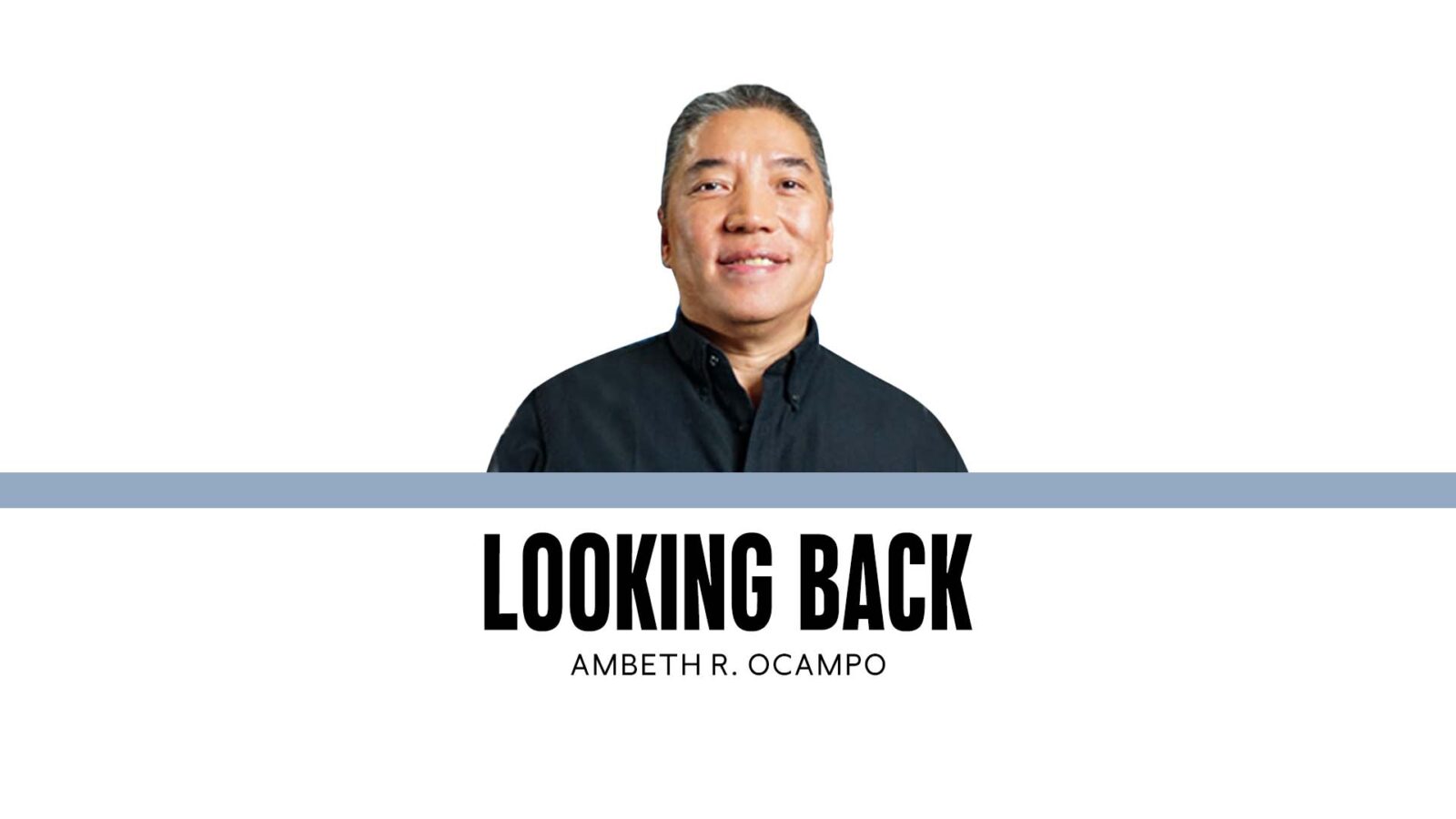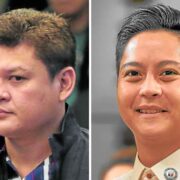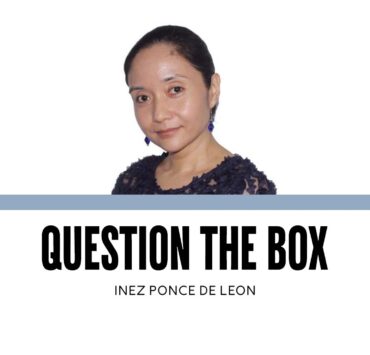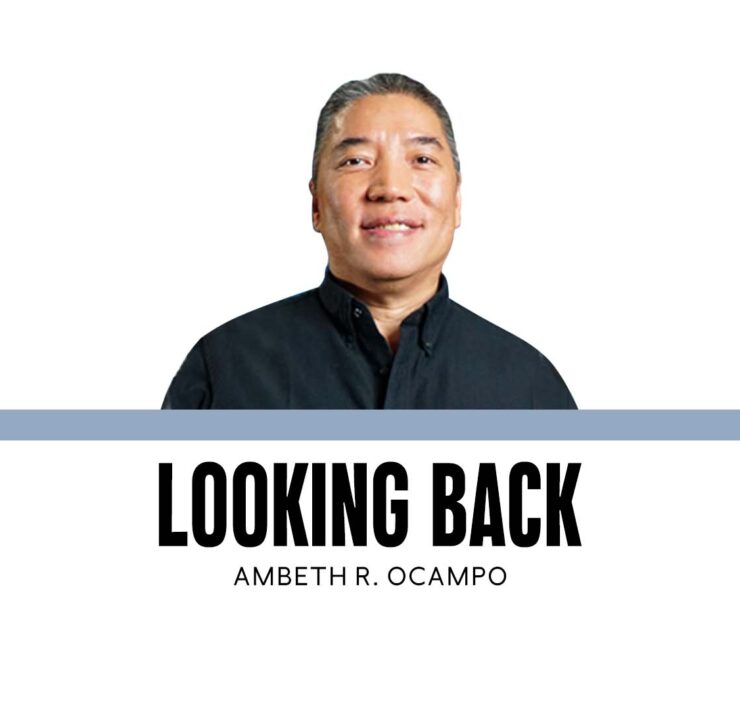‘RIP History’

I teach a required college freshman course called “Readings in Philippine History.” When the course title is abbreviated for the course catalog, it looks like “RIP History.” Literally, the death of Philippine history.
My generation had 12 units, or four History courses: Asian Civilization, Western Civilization, Philippine History, and Life and Works of Jose Rizal. Today, our core curriculum has been whittled down to six units or just two Philippine history courses. While it is assumed that Asian and Western civilizations are learned in K-12, is the level of content and discourse sufficient for Filipinos facing a global world? How can young Filipinos be global without learning about people and cultures outside of the archipelago?
We were told that decongesting the college curriculum by moving courses like History, Political Science, Sociology, Anthropology, Psychology, Literature, Humanities, etc., to K-12 is in the best interest of the student. Sounds good on paper, but in my discipline, history, I know that the freshmen who step into my classroom this week have not had any Philippine History since Grade 4 or 5. That’s a gap of seven or eight years before they embark on the course on primary sources called “Readings in Philippine History.” Is the Philippine history learned in Grade 4 or 5 sufficient to embark on “RIP History”—that is, focused on higher-level skills: validation of texts and points of view, rather than rote memorization of facts? Is the history taught to them the discipline that sharpens critical thinking and analytical tools, or are they actually taught “Civics,” meant to inspire patriotism and blind adherence to authority?
When I was in college, I endured a congested core curriculum that included 15 units of English, 12 units of Spanish (I took an elective of six units of French), 15 units of Theology, and 16 units of Philosophy. All seemingly useless subjects in a pragmatic world, but these courses gave me habits of mind that made me articulate in writing and speaking skills necessary whether I took Business, Humanities, or Physics. The language courses did not give me speaking fluency, but they helped me read primary sources for Philippine history.
Though I had very good Spanish teachers, I won’t lie, I hated the language drills of over 12 units of Spanish. I hated memorizing Rizal’s “Mi Ultimo Adios” instead of learning to appreciate it by understanding the words and context. People sighed in relief when Spanish was removed from the college curriculum, not because we didn’t like the language or the culture, but because the Spanish courses were focused on conjugation and grammar rather than speaking and communication. Today, students can choose three or six units of any foreign language, but is that enough to ask for directions or order food from a restaurant? And if you think our generation had a congested curriculum with 12 units of Spanish, earlier generations had 15 units of Spanish in college, plus Latin and Greek in high school! In a global world, proficiency in a second foreign language, aside from English, is essential.
In retrospect, I think the removal of Spanish from the college curriculum was partly due to the close-minded nationalism of the 1960s and further back to the anti-Spanish bent in our education since the Americans took over in the early 20th century. Another reason was that the required college Spanish had not much to show. After 12 or even 15 units of Spanish, many Filipinos could not communicate because of the emphasis on grammar and conjugation that would have come effortlessly if the focus were on literature and comprehension. If Spanish were taught to my generation the way the Instituto Cervantes teaches it today, students would be confident enough to speak after three units.
Geography was also the casualty of earlier curriculum changes. I never had it in school, but I know previous generations were required to take it. Geography may seem useless in the face of Google Earth, but geography is not merely about knowing foreign countries by the shape of their land mass. It is not about memorizing capital cities, political systems, flags, population, GDP, GNP, etc., but knowing more about other people and cultures. This encourages an open-minded nationalism that helps students understand and accept differences, making them cosmopolitan in outlook.
I hear there are more proposed changes to the college and basic education curricula that will not only dismantle K-12 but also reduce college from four to three years! Then there is the proposal to return to English instruction instead of the mother tongue, and to return to the June opening of classes instead of August. All this I overheard while sipping a cold drink in a coffee shop. While it was impolite to eavesdrop, I was fascinated by the discussion on the composition of the Senate and House committees on basic and higher education. While the group debated on who would be good or bad for the future of Philippine education, I stood up wondering, shouldn’t legislators leave education to educators?
Ambeth is a Public Historian whose research covers 19th century Philippines: its art, culture, and the people who figure in the birth of the nation. Professor and former Chair, Department of History, Ateneo de Manila University, he writes a widely-read editorial page column for the Philippine Daily Inquirer, and has published over 30 books—the most recent being: Martial Law: Looking Back 15 (Anvil, 2021) and Yaman: History and Heritage in Philippine Money (Bangko Sentral ng Pilipinas, 2021).


















